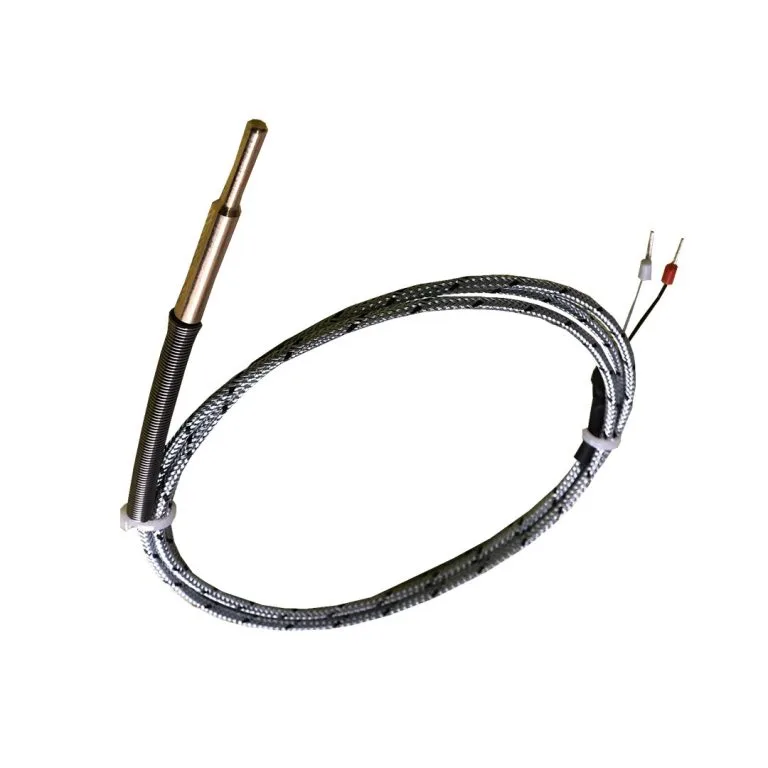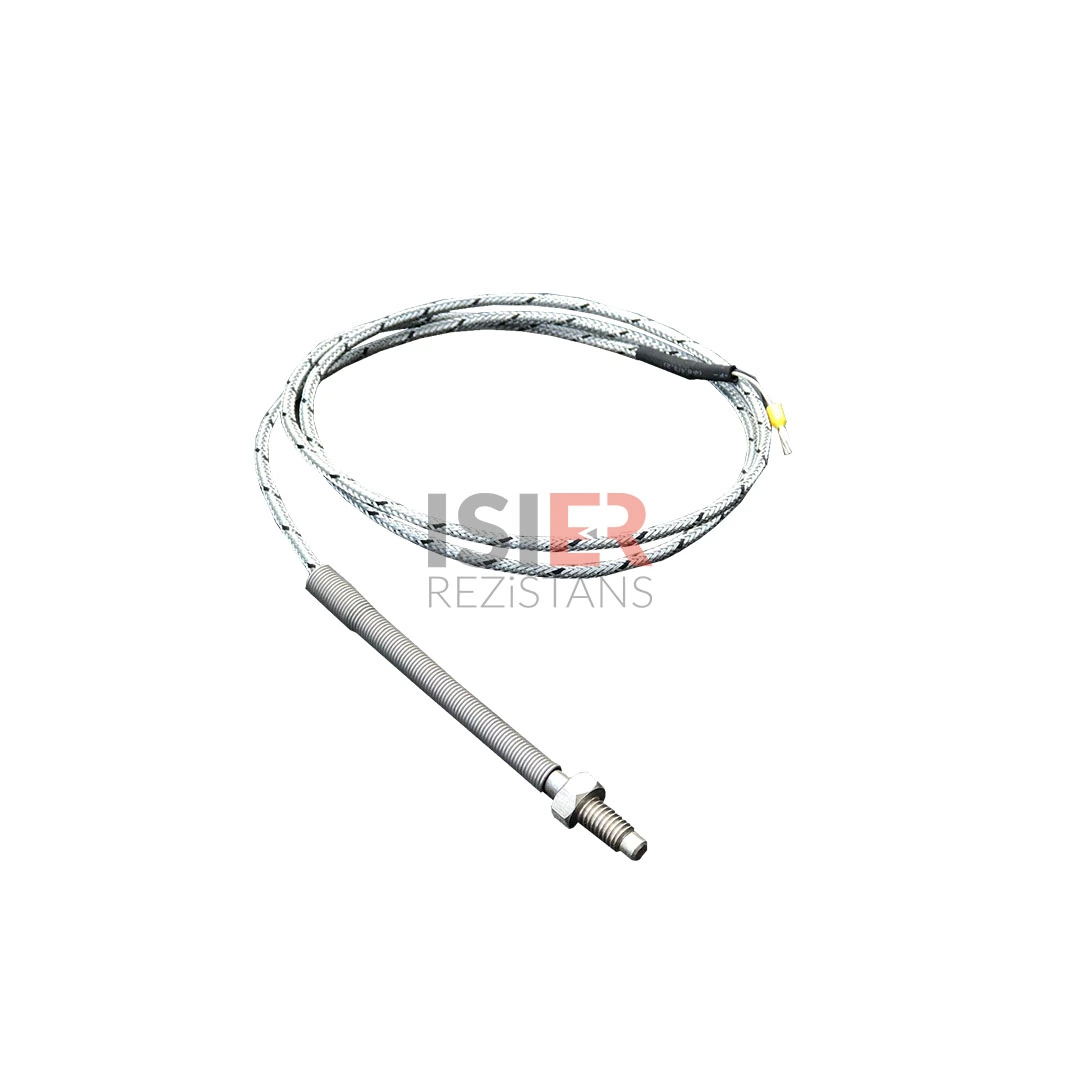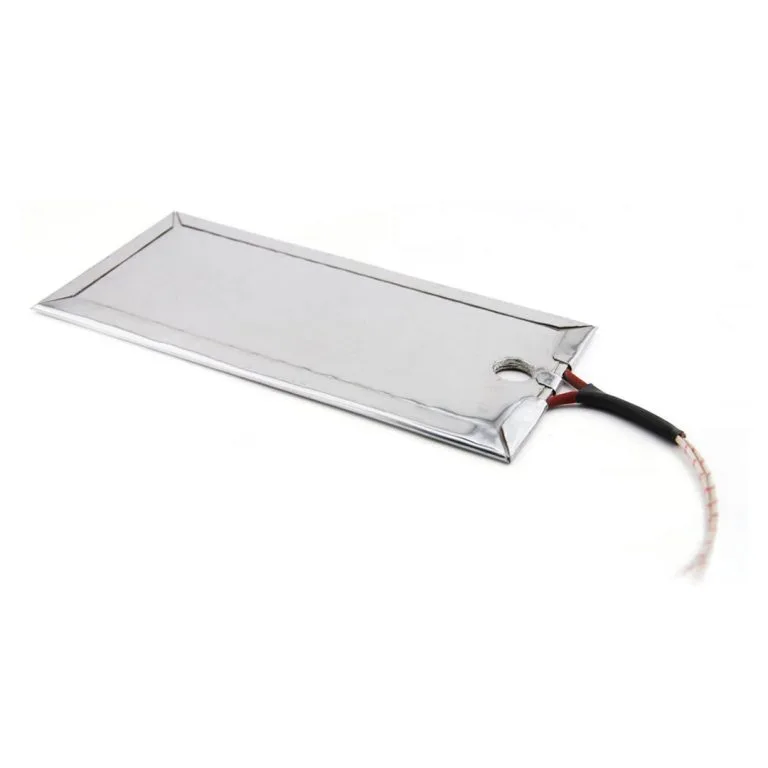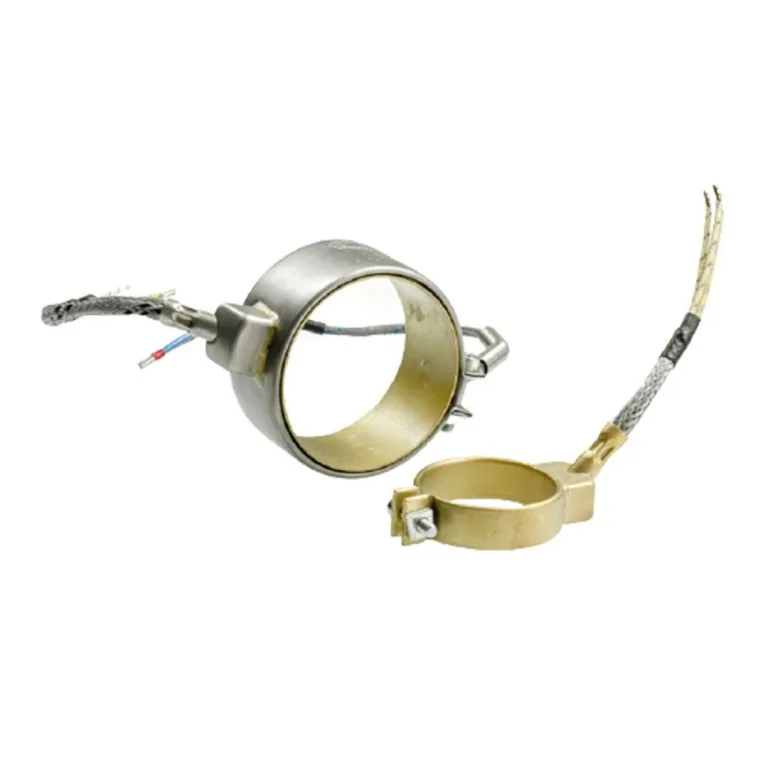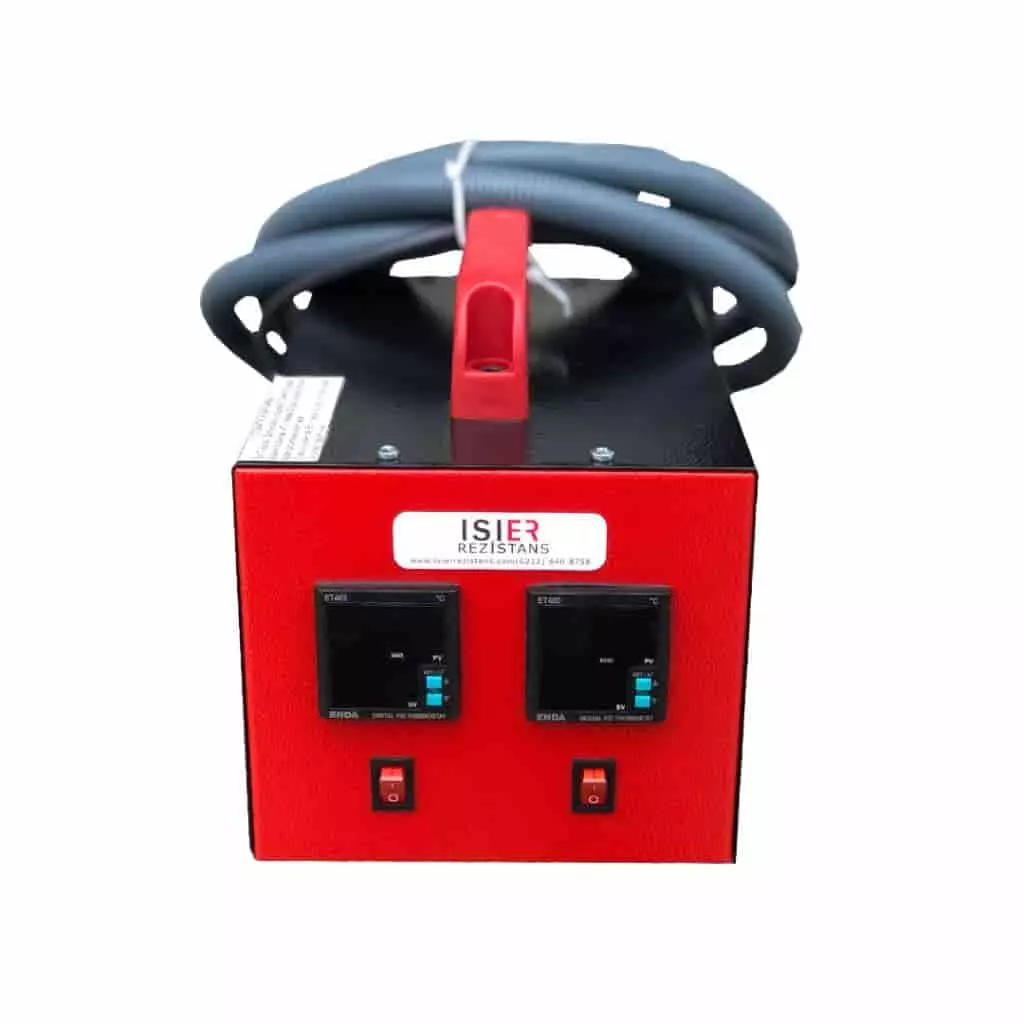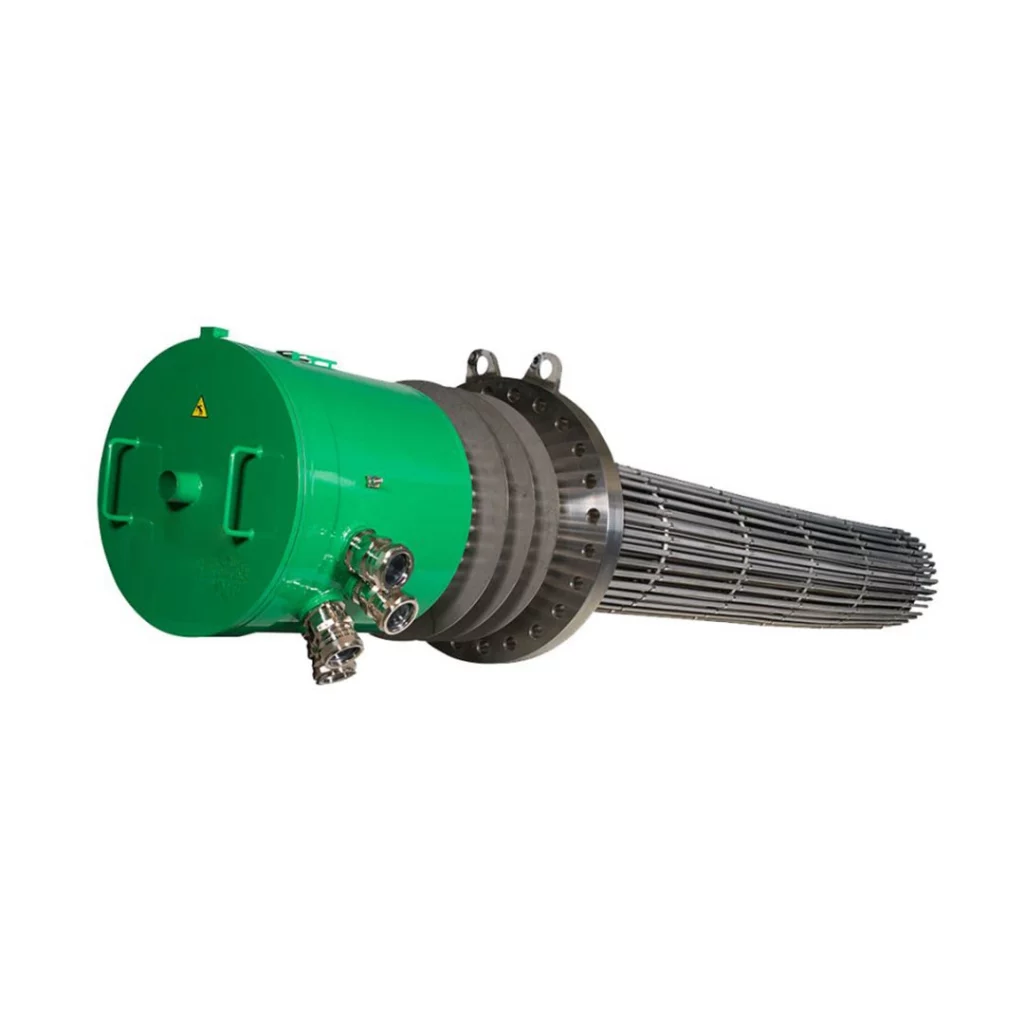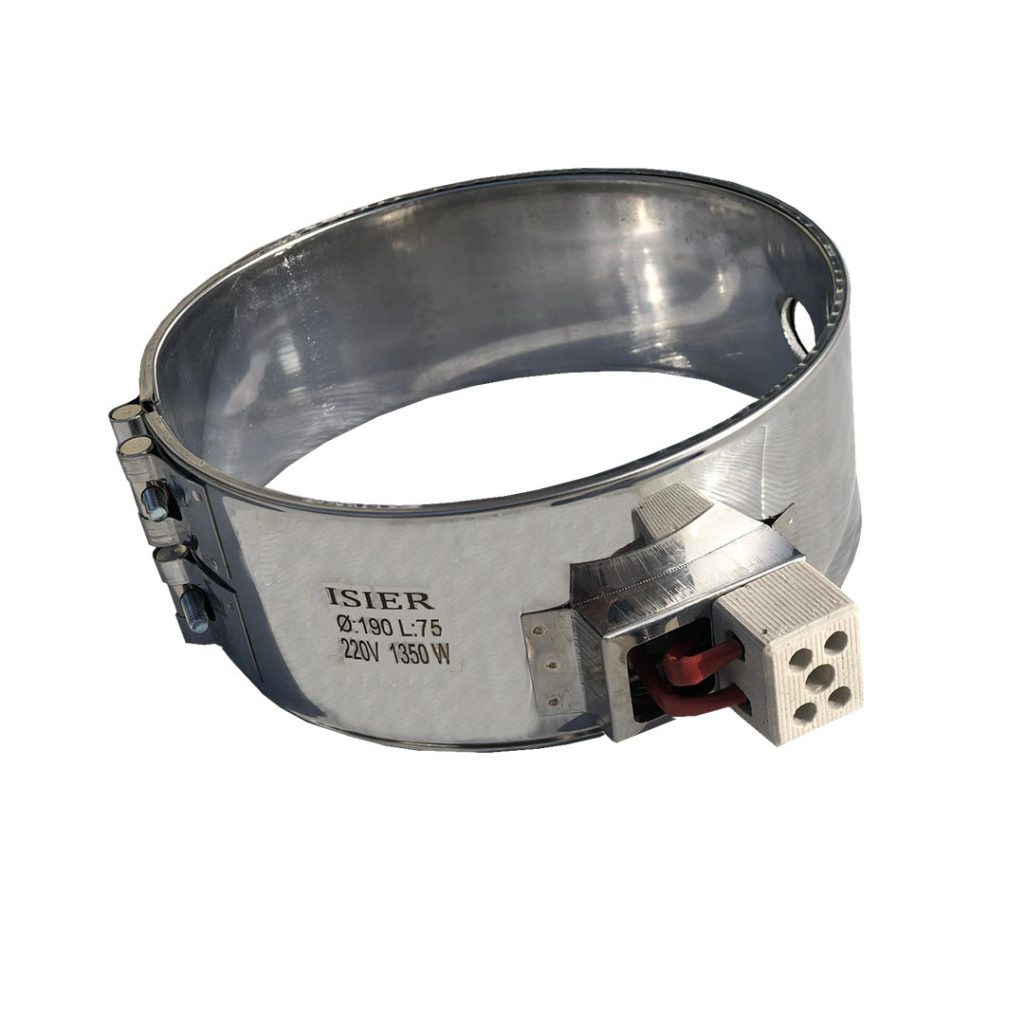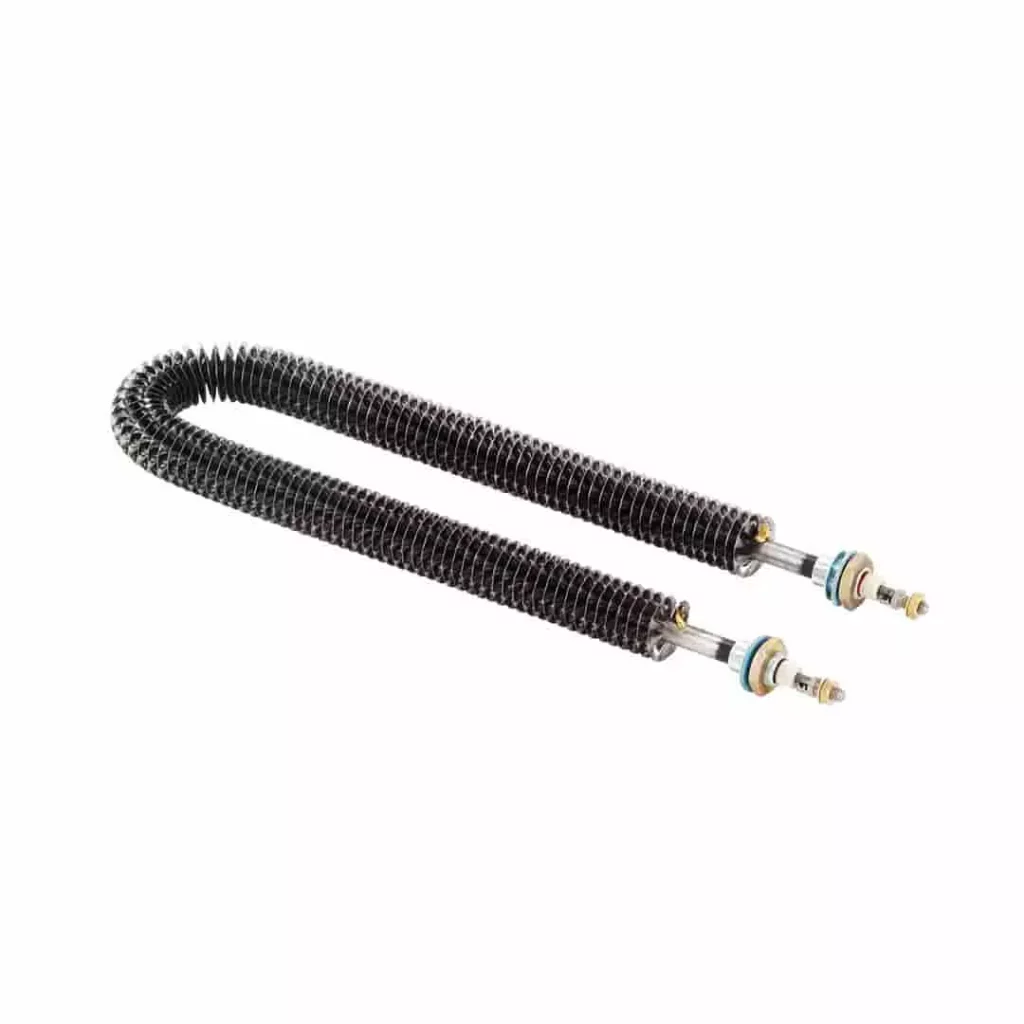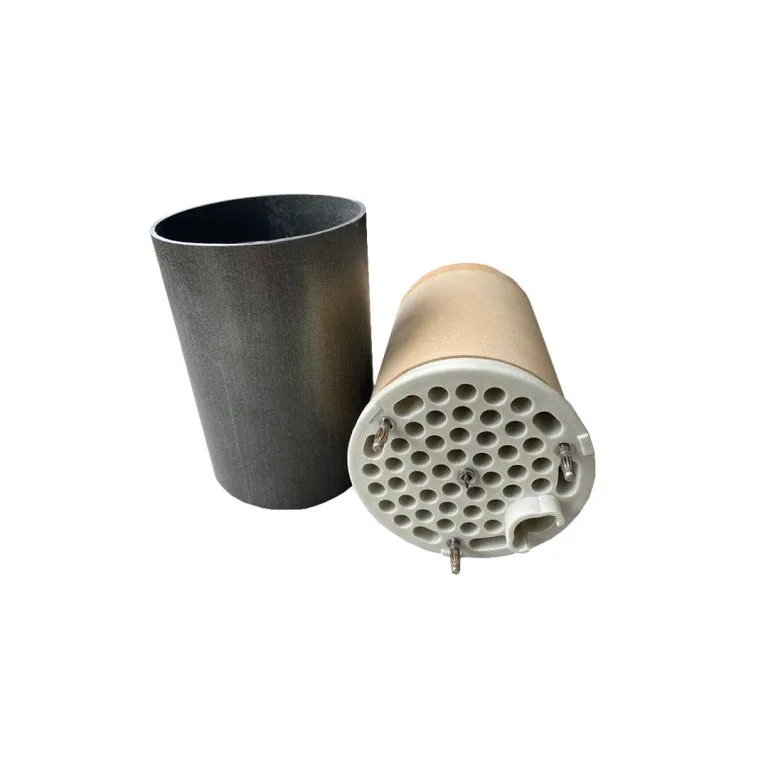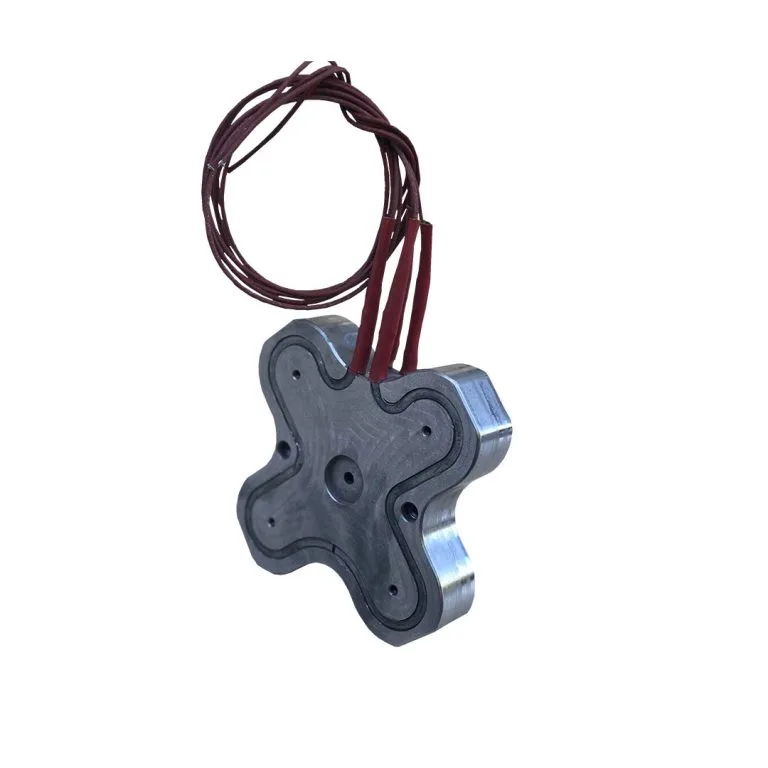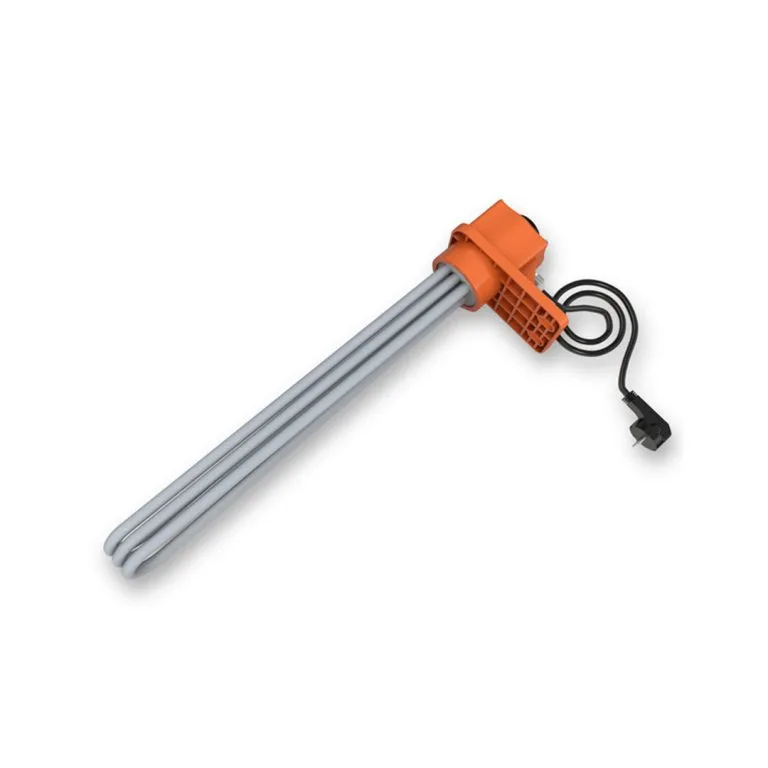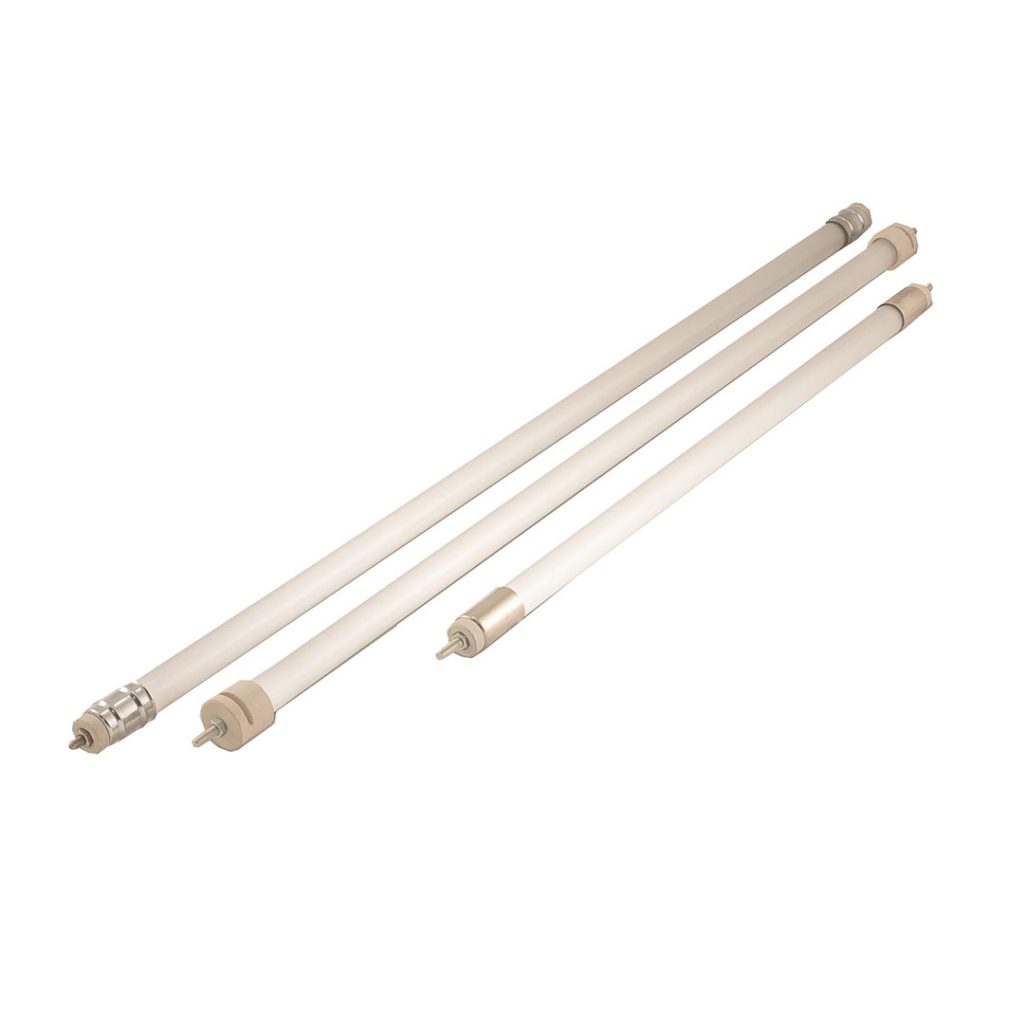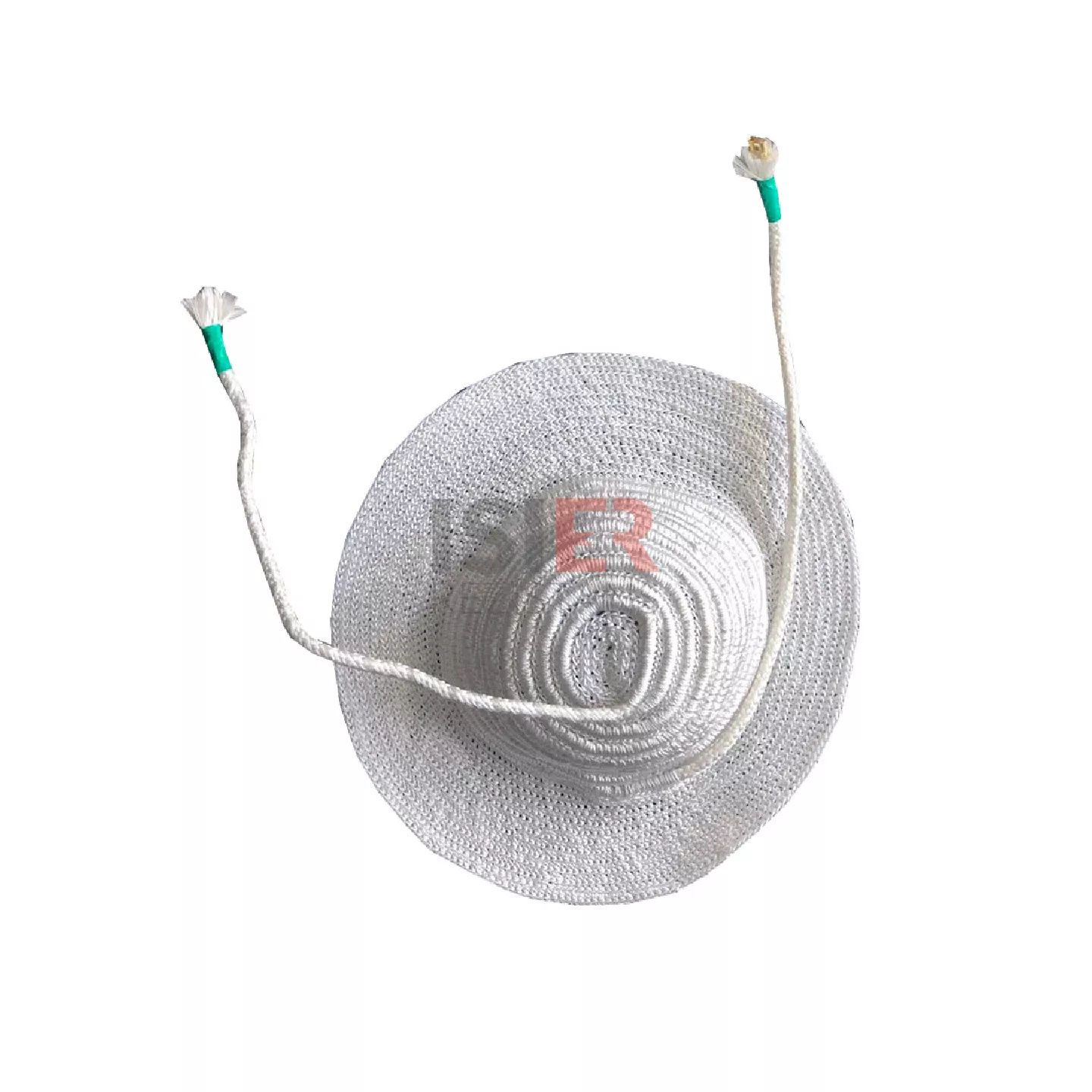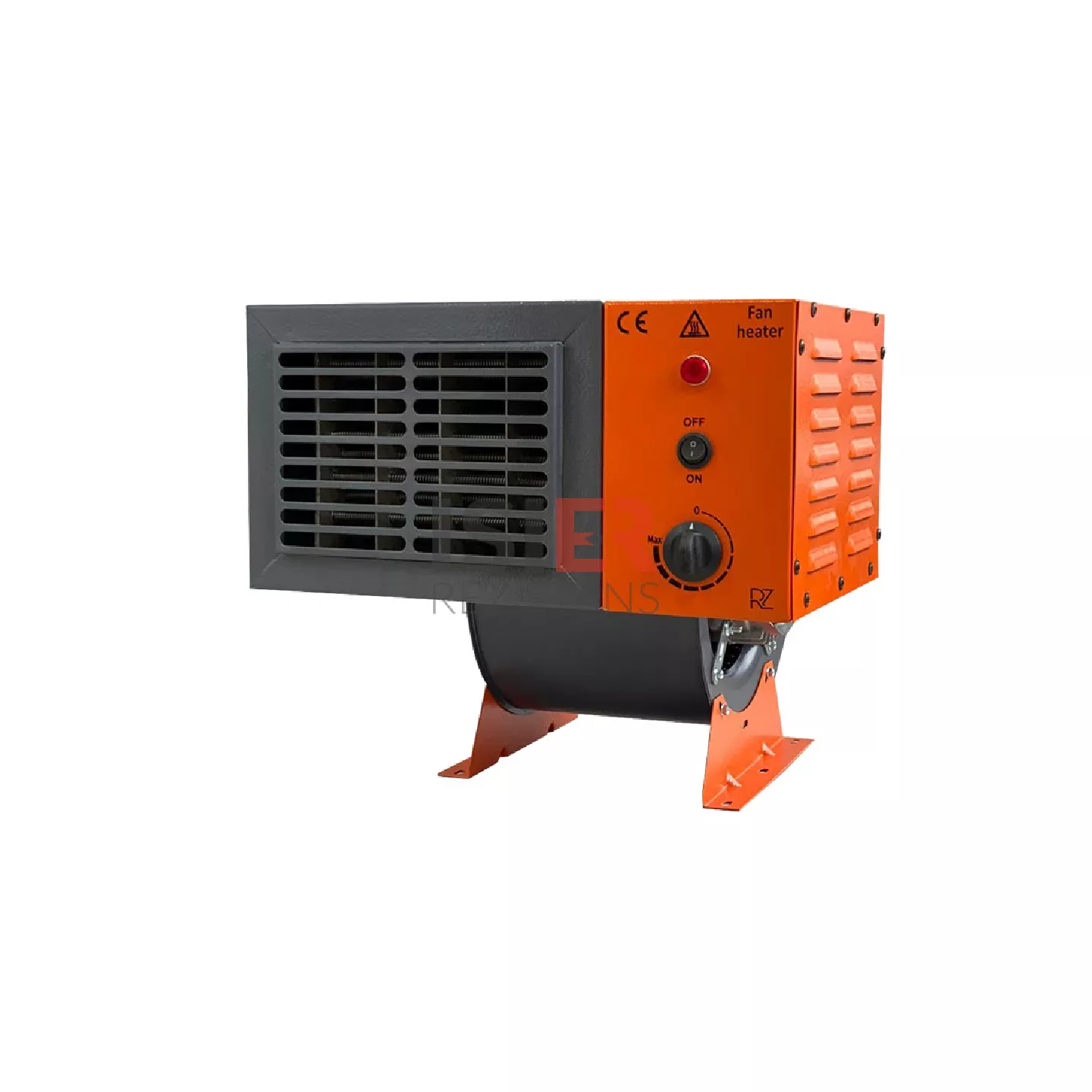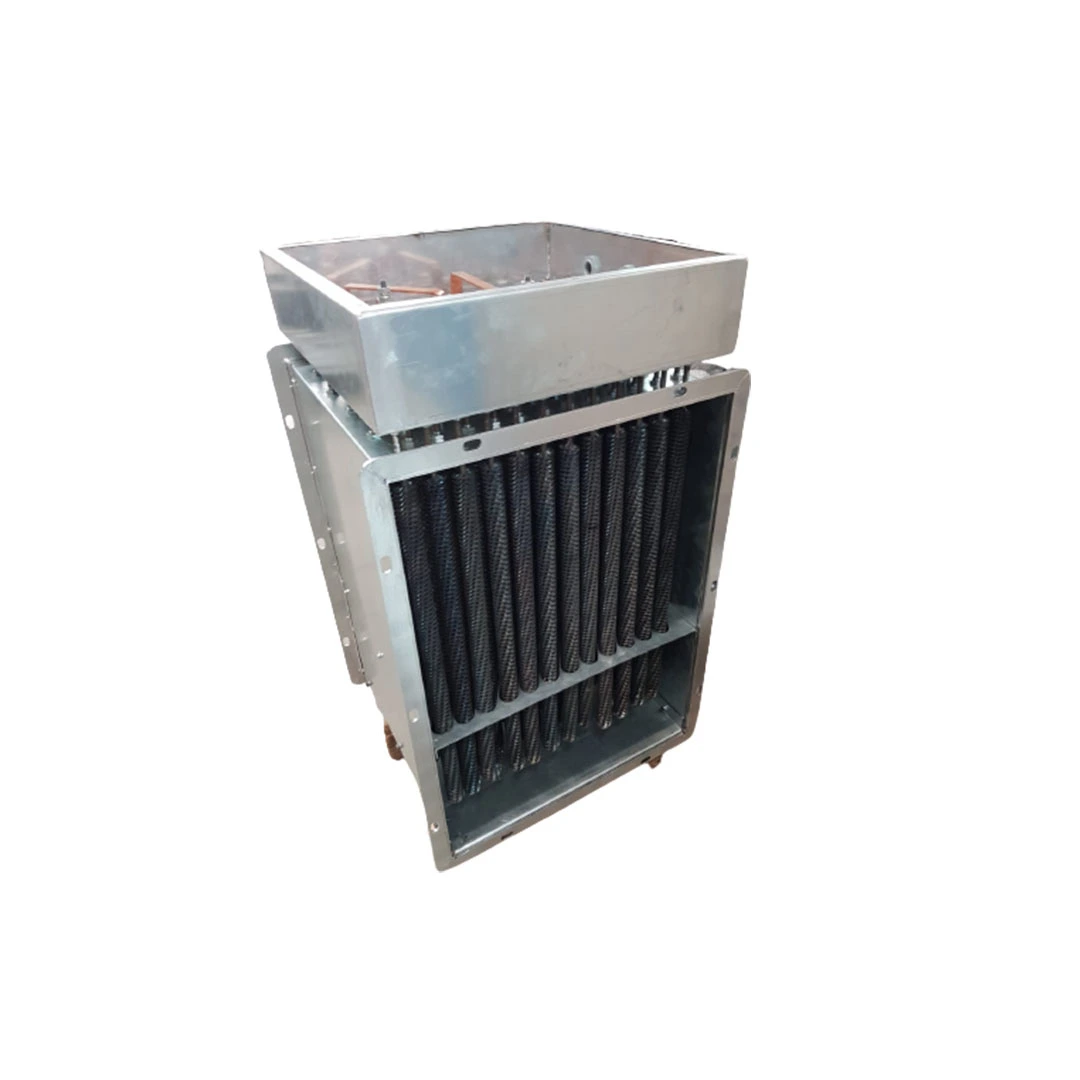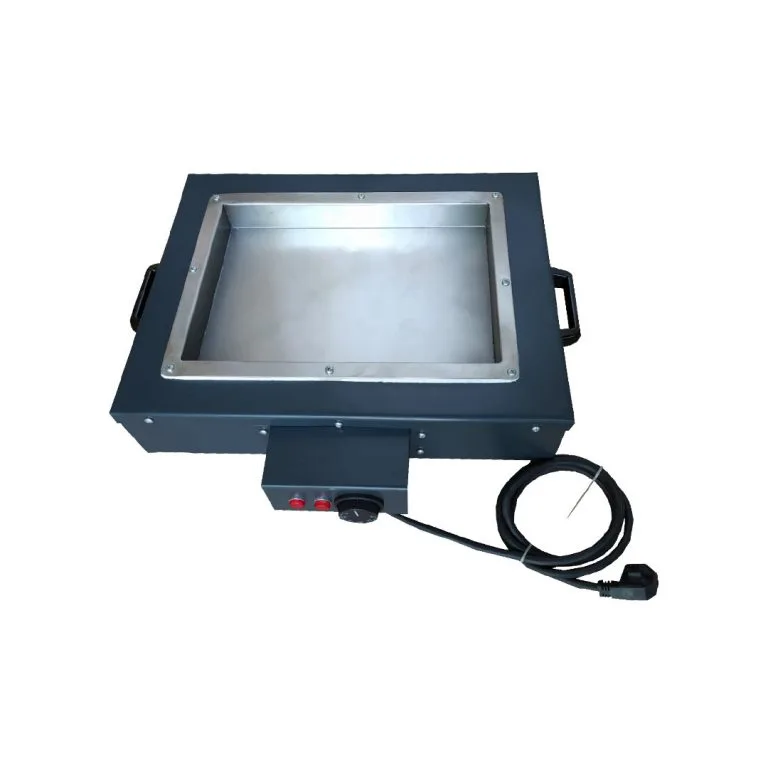Thermocouples: Choosing the Right Type for Different Applications
A thermocouple is a widely used sensor for temperature measurement. These devices, formed by the junction of two different metals, resist temperature changes and convert these changes into electrical signals to measure temperature. Thermocouples are used in various industrial, commercial, and laboratory applications. Different types are available for different environments and requirements. In this article, we will discuss the common types of thermocouples, their features, and their areas of application.
Our Products
Your Solution Partner for All Your Resistance Needs
What is a Thermocouple?
A thermocouple is a sensor that measures temperature differences, typically at the junction of two different metals. This junction is called a “thermocouple junction,” where a voltage difference is generated due to temperature variations. This voltage is proportional to the temperature and is measured to determine the temperature value.
Thermocouples are made from various metal alloys, each offering different temperature ranges and sensitivities. These variations provide distinct advantages for specific applications.
Types of Thermocouples
1. Type K (Chromel-Alumel) Thermocouple
- Applications: High-temperature, general industrial applications
- Temperature Range: -270°C to 1372°C
- Features: Type K thermocouples are the most commonly used thermocouples, made from Chromel and Alumel alloys. They offer high accuracy and a wide temperature range, making them suitable for laboratories, automotive industries, and general industrial facilities.
- Advantages: Cost-effective and reliable temperature measurement with a wide operating range.
2. Type J (Iron-Constantan) Thermocouple
- Applications: Low-temperature measurements, industrial applications
- Temperature Range: -40°C to 750°C
- Features: Made from iron (Fe) and constantan (Cu-Ni alloy), Type J thermocouples operate within a narrower temperature range. They are highly sensitive at lower temperatures, making them ideal for low and medium-temperature applications.
- Advantages: High sensitivity and accuracy for low-temperature measurements.
3. Type T (Copper-Constantan) Thermocouple
- Applications: Low temperature, refrigeration systems, cold environments
- Temperature Range: -200°C to 350°C
- Features: Constructed from copper (Cu) and constantan, Type T thermocouples are particularly suited for low-temperature applications. They are commonly used in refrigeration, HVAC systems, and deep-sea exploration.
- Advantages: Exceptional accuracy for low-temperature applications and highly suitable for cold environments.
4. Type E (Chromel-Constantan) Thermocouple
- Applications: High-accuracy requirements
- Temperature Range: -200°C to 900°C
- Features: Made from Chromel and constantan alloys, Type E thermocouples have a high voltage output capacity, making them ideal for applications requiring precise temperature measurements. They are commonly used in laboratory work and temperature control systems.
- Advantages: Provides high accuracy and high voltage output at low temperatures.
5. Type N (Nicrosil-Nisil) Thermocouple
- Applications: High temperature, industrial applications
- Temperature Range: -200°C to 1300°C
- Features: Composed of Nicrosil (Ni-Cr-Si) and Nisil (Ni-Si) alloys, Type N thermocouples are designed for high-temperature applications. Their durability makes them suitable for harsh and corrosive environments.
- Advantages: Long-lasting performance and stable measurements in high-temperature applications.
6. Type R (Platinum-Rhodium) Thermocouple
- Applications: High temperature, laboratory and precision applications
- Temperature Range: 0°C to 1600°C
- Features: Constructed from platinum (Pt) and rhodium (Rh) alloys, Type R thermocouples are designed for very high-temperature environments. They are commonly used in laboratories and industries requiring precise temperature measurements at elevated temperatures.
- Advantages: Provides high accuracy, a wide temperature range, and long lifespan.
7. Type S (Platinum-Rhodium) Thermocouple
- Applications: High temperature, laboratory and high-precision measurements
- Temperature Range: 0°C to 1600°C
- Features: Made from platinum and rhodium alloys, Type S thermocouples are widely used for high-precision temperature measurements. They are often preferred for laboratory, industrial, and high-temperature environments.
- Advantages: Exceptional accuracy, durability, and excellent precision.
8. Type B (Platinum-Rhodium) Thermocouple
- Applications: High temperature, industrial furnaces, glass industry
- Temperature Range: 0°C to 1800°C
- Features: Made from platinum (Pt) and rhodium (Rh) alloys, Type B thermocouples are specifically designed for ultra-high-temperature applications. They are commonly used in industrial furnaces, glass production facilities, and other high-temperature environments.
- Advantages: Delivers outstanding accuracy and reliability for extremely high-temperature measurements.
Factors to Consider When Choosing a Thermocouple
When selecting a thermocouple, several critical factors must be considered:
- Temperature Range: The thermocouple type should be selected based on the temperature range required for the application. Different types perform better in specific temperature ranges.
- Accuracy and Sensitivity: Applications requiring high accuracy and sensitivity may benefit from higher-quality thermocouples like Type E or Type R.
- Environmental Conditions: The operating environment (acidic, alkaline, humid, etc.) will influence the durability of the chosen material. For corrosive environments, selecting the appropriate material is crucial.
- Response Time: Some applications require fast response times. In such cases, thermocouples with quicker response characteristics should be preferred.
Thermocouples are essential sensors for achieving reliable and accurate temperature measurements. Different types of thermocouples are designed to deliver optimal performance across various temperature ranges, accuracy levels, and environmental conditions. Choosing the correct thermocouple type ensures accurate temperature measurement and efficient system operation tailored to your specific needs.
Here are 10 frequently asked questions (FAQs) about thermocouples and their answers:
Thermocouple Frequently Asked Questions
A thermocouple is a temperature sensor made from two different metal wires joined at one end. It generates a voltage that corresponds to the temperature difference between the joined end (hot junction) and the other end (cold junction).
A thermocouple works based on the Seebeck effect. When the two metal wires are exposed to different temperatures, they produce a small voltage. This voltage is proportional to the temperature difference and can be measured to determine the temperature at the hot junction.
Common thermocouple types include:
- Type K (Nickel-Chromium/Nickel-Aluminum): General-purpose, wide temperature range.
- Type J (Iron/Constantan): Suitable for lower temperature ranges.
- Type T (Copper/Constantan): Ideal for cryogenic applications.
- Type E (Chromel/Constantan): High sensitivity for low-temperature applications.
- Type R, S, and B (Platinum-based): Used in high-temperature industrial applications.
- Wide temperature range: Can measure from -200°C to 2000°C (depending on type).
- Durability: Withstand harsh environments like high heat, vibration, and pressure.
- Quick response time: Provide rapid temperature readings.
- Cost-effective: Affordable and widely available.
- Accuracy: Less accurate than other sensors like RTDs in some applications.
- Non-linearity: Voltage output is not linear across the entire temperature range.
- Cold junction compensation: Requires compensation for accurate temperature readings.
- Thermocouples are used in:
- Industrial processes: Monitoring and controlling high-temperature processes.
- HVAC systems: Measuring air and fluid temperatures.
- Automotive industry: Monitoring engine and exhaust temperatures.
- Food industry: Ensuring proper cooking and storage temperatures.
- Scientific research: Measuring extreme temperatures in experiments.
- Consider the following:
- Temperature range: Choose a type that covers your application’s temperature range.
- Environment: Ensure the thermocouple can withstand corrosive, high-pressure, or other harsh conditions.
- Accuracy: Select a type with the required precision for your application.
- Sensitivity: Some types are more sensitive than others for small temperature changes.
- Cold junction compensation accounts for the temperature at the reference (cold) junction of the thermocouple. Modern thermocouple systems include compensation circuits or software to ensure accurate temperature readings.
- Inspect wiring: Check for damage, fraying, or loose connections.
- Clean the junction: Remove any buildup or debris that can affect readings.
- Calibrate regularly: Ensure accuracy by calibrating against a known standard.
- Replace damaged thermocouples: Prevent inaccurate or unreliable readings.
- ommon issues include:
- Drift: Loss of accuracy over time due to aging or environmental factors.
- Mechanical damage: Fraying, breaking, or corrosion of the wires.
- Incorrect installation: Poor placement or wiring can lead to inaccurate readings.
- Electrical noise: Interference from surrounding equipment can distort signals.



